Delightful
Decorations
Why Key Charms Play a Vital Part in Korea’s Past―and Future
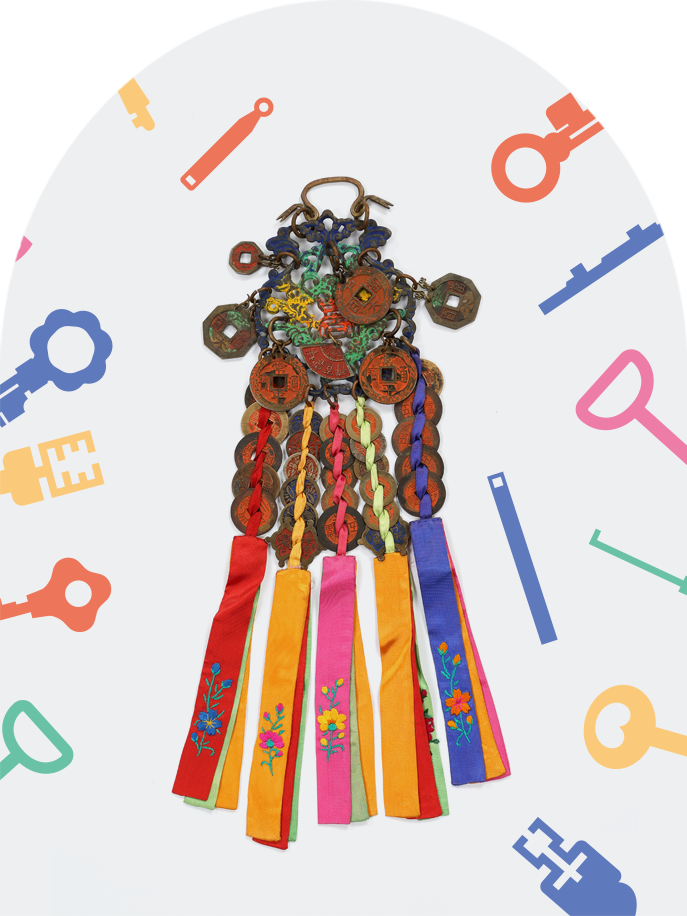
WRITTEN BY
Tim Alper
contributing writer
Photos courtesy of
National Folk Museum of Korea
In the modern world, keys are becoming increasingly high-tech items: Newer cars feature smart keys or keyless technology, state-of-the-art apartments can be accessed using wear-able keys that double as fashion accessories, smartphones can be unlocked with iris-read-ing advances. And the old-fashioned keys of the past―the type we all once used to secure our property―are becoming harder to come by. And with the evolution of the key, the role keyholders play is also diminishing.
In the modern world, keys are becoming increasingly high-tech items: Newer cars feature smart keys or keyless technology, state-of-the-art apartments can be accessed using wearable keys that double as fashion accessories, smartphones can be unlocked with iris-reading advances. And the old-fashioned keys of the past―the type we all once used to secure our property―are becoming harder to come by. And with the evolution of the key, the role keyholders play is also diminishing.
But in the Joseon Dynasty (1392-1910) period of Korean history, keyholders were once decorated with striking charms that were bestowed with layers of symbolic meaning. They transcended their more mundane practical functions. These were named yeolsoepae―and their continuing story speaks volumes about Korean traditional culture, and the role it could play in the Korea of the future.
Cherished Charms
Many years ago, Korean keys were heavy-duty items. They were big and bulky―and designed to safeguard the most robust of locks. They were most certainly not the kind of items that one could simply slip into a small coat pocket or a purse, like modern keys. And neither, for that matter, were yeolsoepae. Indeed, these outsized items were far too cumbersome to be carried around for any period of time.
What is more, most Koreans did not use locks or keys. Their traditional houses were left unbolted day and night, as they lived in village communities where everyone knew―and trusted―everyone. Most common folk went their whole lives without touching a key.
Instead, yeolsoepae were usually to be found hanging on the walls of well-to-do families. This was particularly true of newly married couples. In fact, dowry customs dictated that, in the case of the nobility, a would-be bride―or her family―should prepare a number of important items to take with them to the marital home. These unique key charms were on that list.
Yeolsoepae varied greatly in size, shape and material. One common design used a central coin-like centerpiece. At the base of this (and sometimes on its sides) could be found small hooks or loops. Elaborate knots, ribbons and tassels often hung from these―making for quite a visual feast when yeolsoepae were hung from walls.
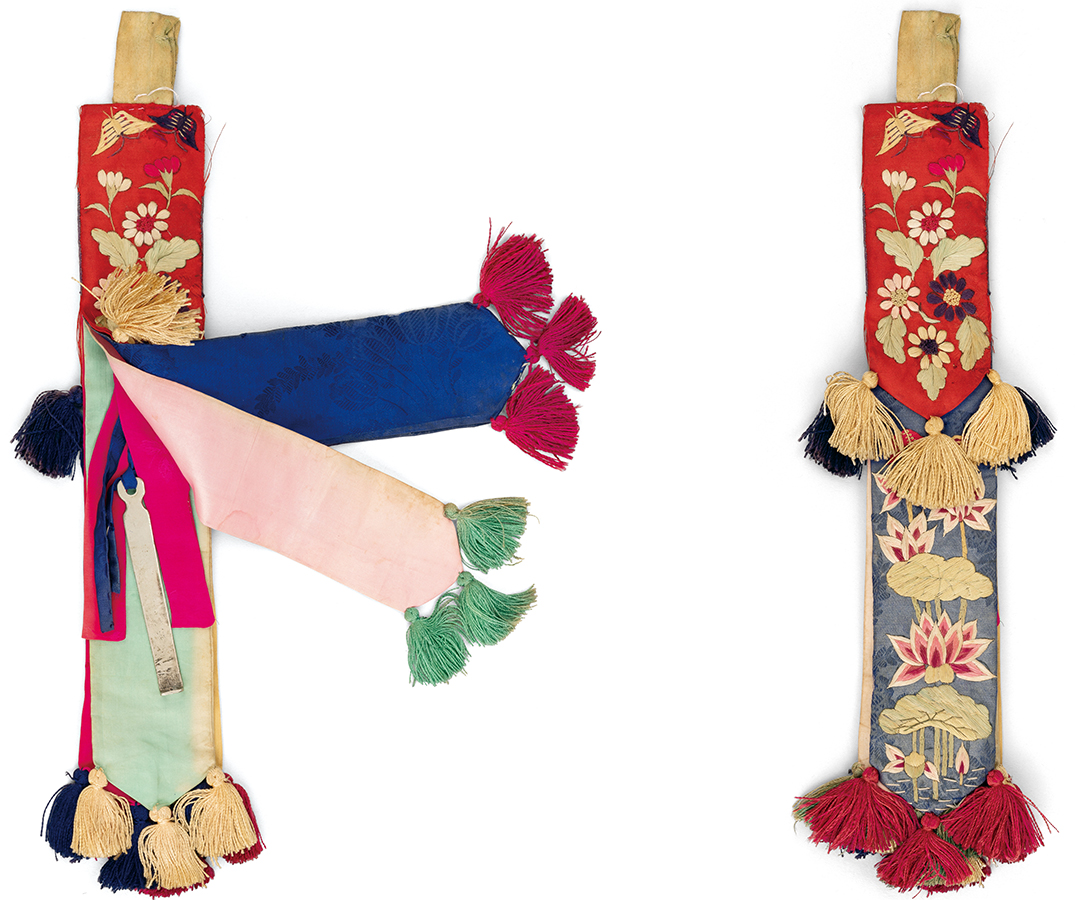
Decorated with peony and lotus blossoms, this yeolsoepae has a key inside, tied to a string.
The coins themselves featured vivid designs. Sometimes they featured representations of fish, a symbol of watchfulness. At other times, they featured turtles, which spoke of longevity. Dragons, which represented power, wisdom, calm and justice, were popular among members of the royal family. At other times, they featured words of wisdom, written in Chinese characters. Also popular were Confucian (and sometimes Buddhist) symbols, not dissimilar to the markings found on the Taegukgi, the Korean flag.
On particularly elaborate pieces, several coins were linked together to form a kind of plate. Brass was a popular material for these items, and the artisans who made the best pieces were always in great demand.
However, while coin and other brassware items were popular, such pieces were prohibitively expensive. As such, embroidered and other designs were also common. Some of these resembled little pouches, and made use of much-prized materials like silk. In other cases, they took on a different form altogether, making use of wood and bamboo.
Such designs also featured the same animals as above, but equally popular were floral decorations, including peonies. These flowers, which were often associated with royalty, wealth and nobility, also featured heavily on numerous pieces.
Sometimes items featured a colorful combination of various materials: For instance, a metal plate could be fitted with numerous hooks and clasps, with many strings of coin-like pieces and tassels hanging down. When carefully arranged, these key charms became artworks in their own rights, taking pride of place in important rooms, where visitors could drink in their aesthetic appeal.
As such, they became something of a mix between a status symbol, a talking point and a good-luck charm in the houses of well-heeled Joseon folk. Hand-me-downs from parents and relatives were usually frowned upon: For newlyweds, the symbolic value of newly crafted items could not be understated.
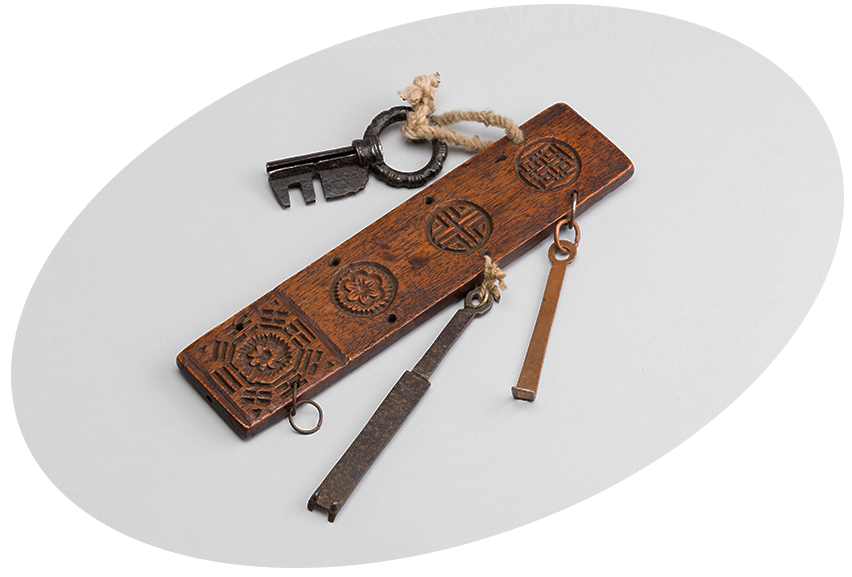
A wooden yeolsoepae with 6 keyholes.
Under Lock and Key
Although yeolsoepae’s heyday ended with the fall of the Joseon rulers and the advent of the modern, industrial era, these key charms have not yet been consigned to the pages of history.
During the era of the 2G cell phone, artisans began making small trinkets that often resembled the key charms of old. These contemporary pieces went on to adorn millions of phones across the country. And while keys are becoming increasingly hard to come by in modern Korea, you can still find yeolsoepae craftspeople, creating distinctly modern versions of the key charms that were once to be found on walls across Joseon-era Korea.
Some stay true to the designs of yesteryear, while others add modern flourishes and symbolism that originates in overseas culture. Few people use them as actual keyholders, but the pieces can be used to decorate walls or other spaces. For fans of yeolsoepae, this can only be good news―as it may ensure that generations to come will be able to sample the subtle beauty of this uniquely Korean tradition.
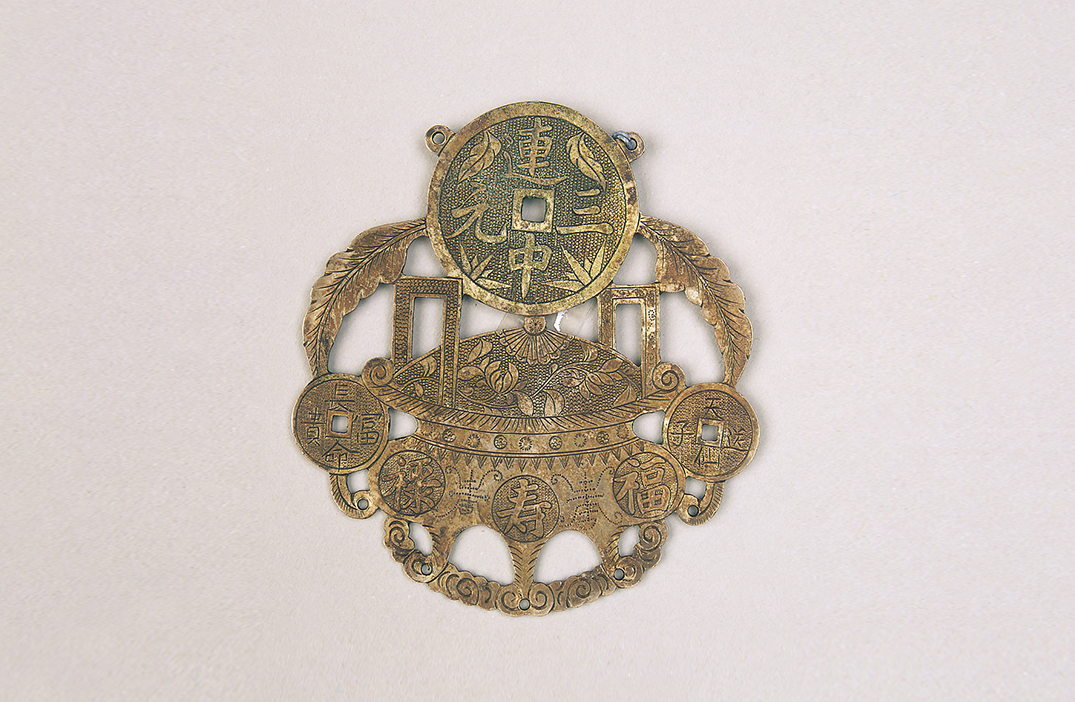
Chinese characters for “blessings” are engraved on this yeolsoepae.
Other Articles
-

Special Ⅰ Royal Heritage
-

Special Ⅱ A Leisure Space for All
-

Trend Tasty Retreats
-

Hidden View Hidden Elephant
-
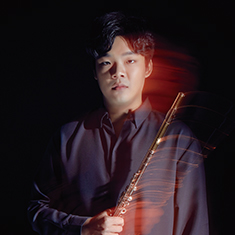
Interview Unique Movements
-
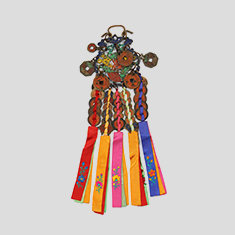
Art of Detail Delightful Decorations
-

Film & TV A Story About Gravity
-

Collaboration The Endless Possibilities
-

Current Korea Again, Republic of Korea
-

Global Korea Organizing Korean
Cultural Experiences
